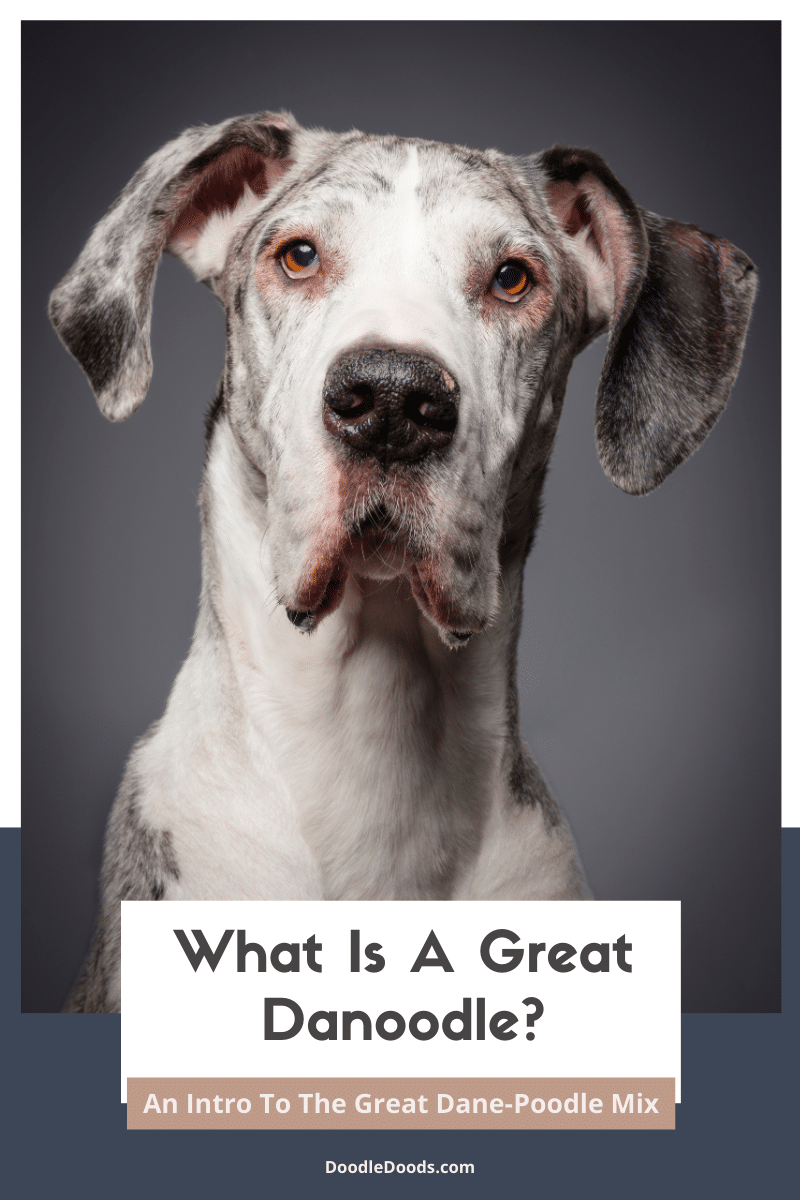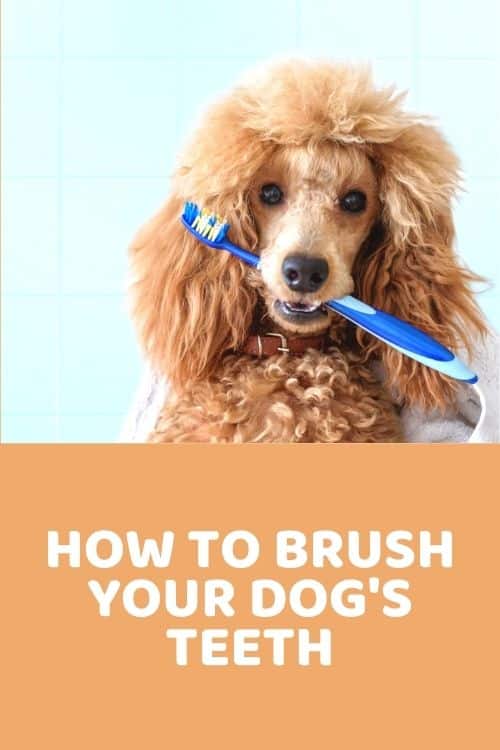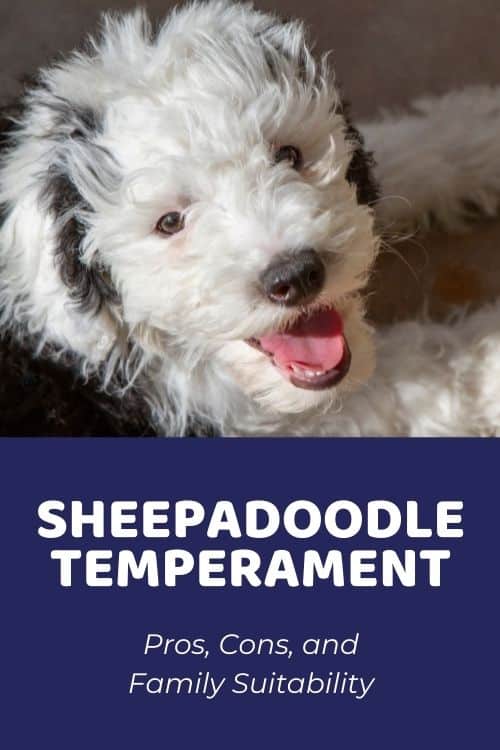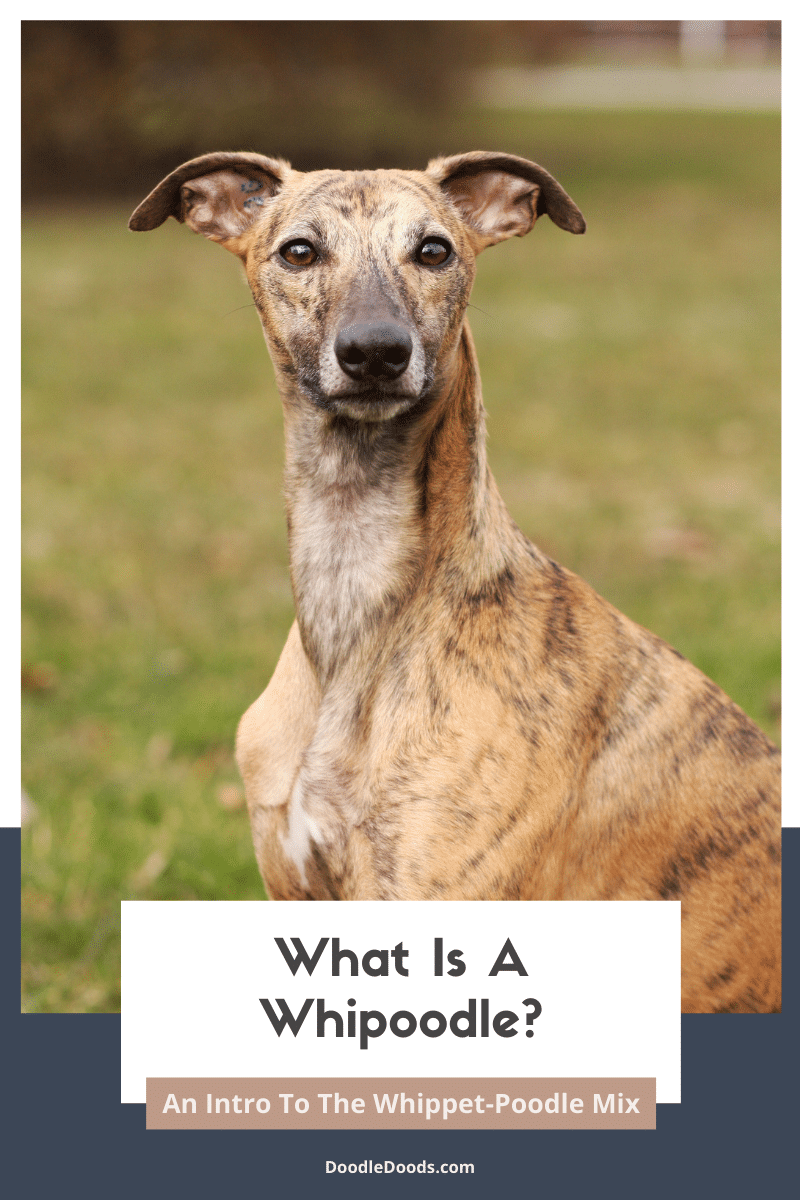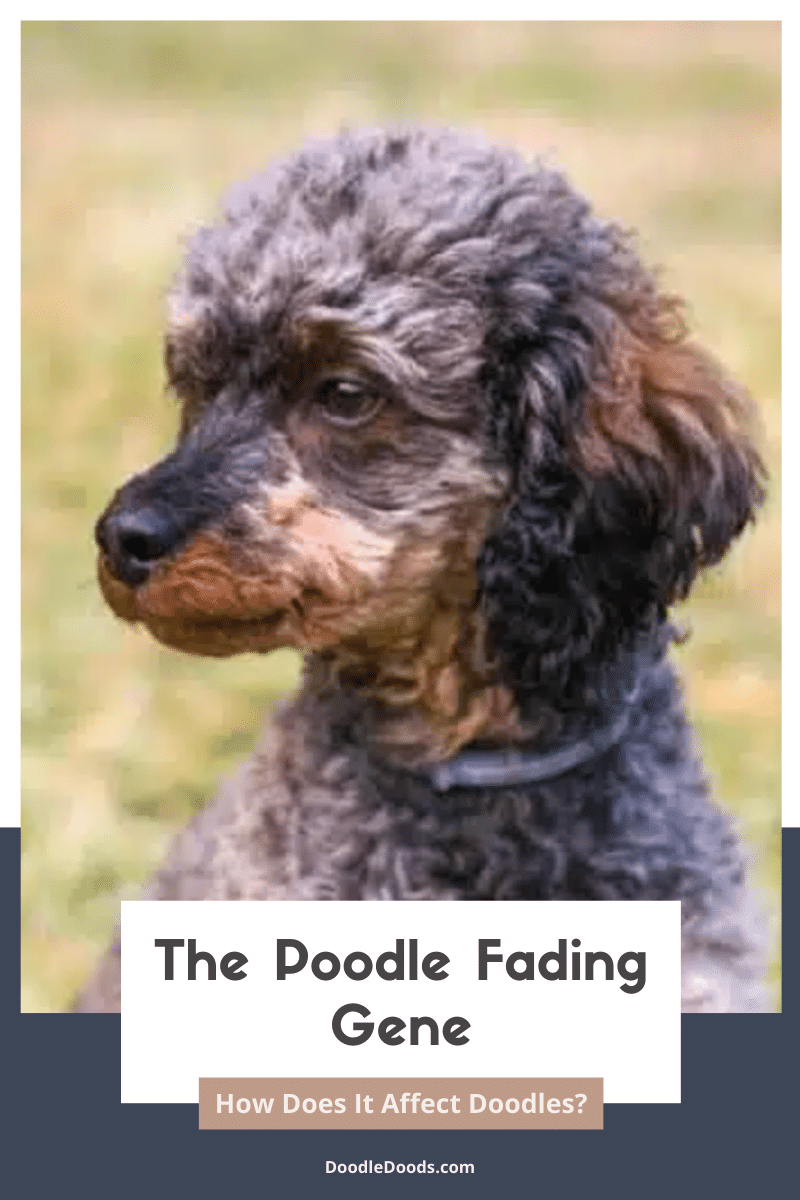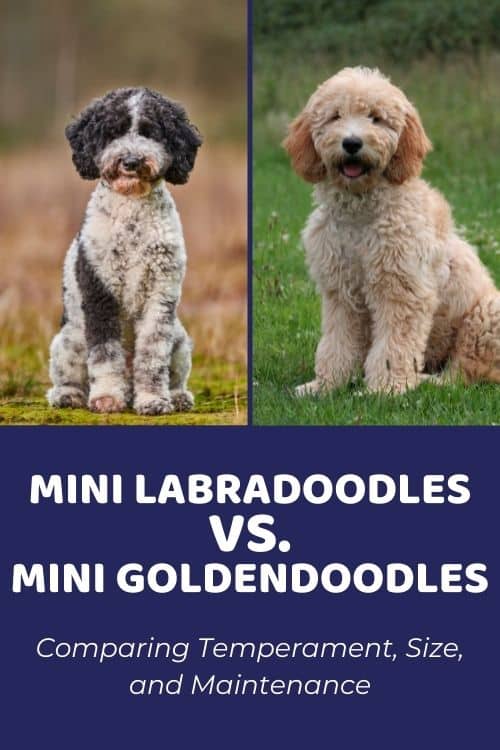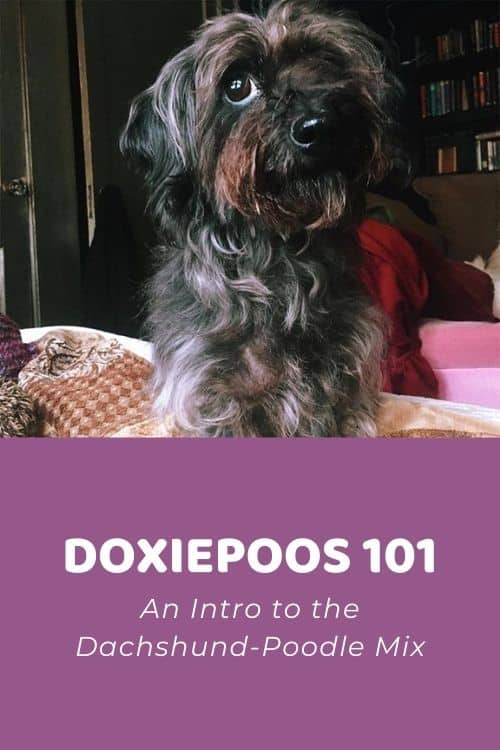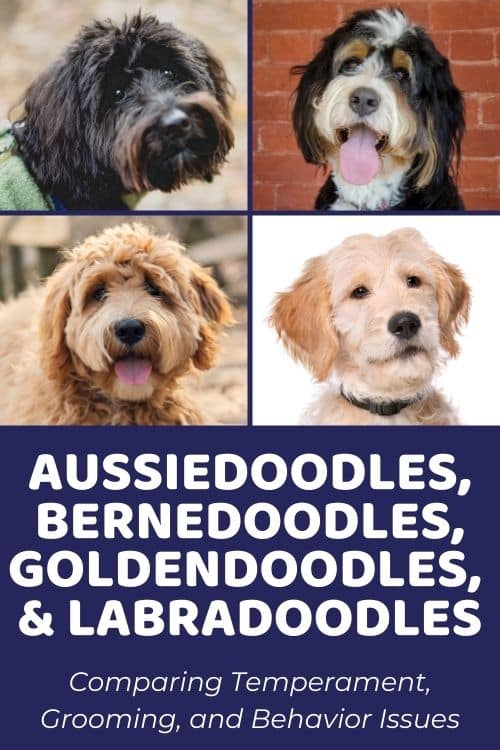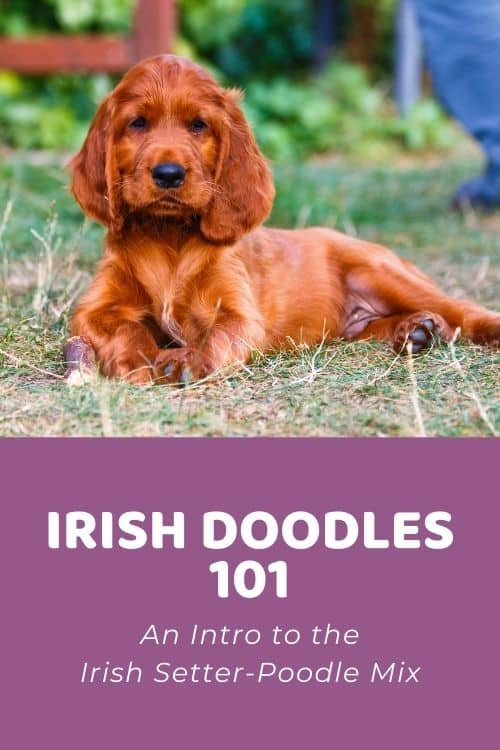The gentle, fluffy giant Great Danoodle is simply the most loving big Doodle you’ve ever seen. That’s probably why you’ve made your way to this guide as well, right? In this article, we’re going to talk about the Great Danoodle and its countless amazing traits. We’ll talk about their size and appearance, grooming and training requirements, and so much more. We can guarantee that by the end of this guide you’ll be head over heels in love with this perfect Doodle breed!
Table of Contents
- What Is A Great Danoodle?
- Great Danoodle Physical Appearance
- Great Danoodle Pictures (Puppy & Adult)
- Great Danoodle Size: How Big Will A Great Danoodle Get?
- Variations & Generations
- Great Danoodle Personality & Temperament
- Great Danoodle Health: Do Great Danoodles Have Health Problems?
- Great Danoodle Lifespan: How Long Do Great Danoodles Live?
- Exercise & Training Requirements
- Great Danoodle Coat Care & Grooming
- Where Can You Get Great Danoodle Puppies?
- Great Danoodle 101: FAQ
What Is A Great Danoodle?
The Great Danoodle is a crossbreed that combines the purebred Poodle and the Great Dane. Great Danoodles are large dogs, much like their Great Dane parents. They’re loving and gentle, friendly and intelligent, and wildly playful dogs.
The Great Dane-Poodle mix is one of those newer Doodle breeds that not many have heard of or even come across. But just like any other Dood, their traits perfectly balance those of their parental breeds. As an added bonus, they’re allergy-friendly dogs thanks to their Poodle heritage. Often sporting that signature fluffy Doodle coat, you simply cannot miss a Great Danoodle when you see one.
Both originating from Germany, Great Danes and Poodles are one of the most well-known breeds for their distinctive looks and long history dating back centuries. The Great Dane is often referred to as the Apollo of the dogs. This probably needs no explanation, as Great Danes are one of the largest dogs still to this day. And the Poodle, well, there’s no mistaking a Poodle to any other pooch out there!
Of course, things get a little bit more interesting when we combine two very different purebred dogs. In this case, crossing a Great Dane with a Poodle gives us the ever so wonderful Great Danoodle. Similarly large in stature as the Great Dane, equally as playful as both of its parents, and extremely loyal to their human family.
Great Danoodle Physical Appearance
The Great Danoodle is a large-sized dog with an athletic, muscular build. They have floppy ears and a shaggy, thick coat that can either be curly, wavy, or straight. They look much like a large Poodle, but they lend many of their facial expressions and body characteristics from the Great Dane’s side of the lineage.
Colors
From both sides of their lineage, Great Danoodles can inherit numerous coat colors and multi-colored patterns. Their coats can range from the darkest blacks and browns to lighter apricot and red hues, even to the lightest cream, silver, and white coats. Additionally, their coats can come in bi-color and tri-color patterns, or feature beautiful markings of different colors on them. It’s also not uncommon for a Great Danoodle to inherit a unique looking merlequin, mantle merle, or a chocolate brindle coat from the Great Dane.
Coat, Shedding, & Hypoallergenic Level
The great thing about Great Danoodles is that they’re generally much more allergy-friendly than Great Danes. Still, this doesn’t necessarily mean that all Great Danoodles are hypoallergenic and non-shedding dogs. After all, there’s both the Poodle and the Great Dane in this mix!
Like with most other Doodle breeds, the Great Danoodle can either inherit the more curly Poodle-like coat or a straighter looking coat from the Great Dane. But most of the time, their coats sit somewhere right in between with their wavy and thick locs.

Poodles being praised for their hypoallergenic, non-shedding coats, we can also expect a curly-coated Great Danoodle to be suitable for someone with allergies to dog dander and saliva. However, curly-coated Great Danoodles will also require the most upkeep due to their thick and textured coats.

On the other end of the spectrum we have the straight coat that’s usually not the best pick for someone who struggles with severe dog allergies. Even though purebred Great Danes are also single-coated dogs (just like the Poodle), they can actually be quite heavy shedders. Fortunately, the Poodle genes usually help minimize the shedding even in straight-coated Doods, but it’s still something worth keeping in mind!
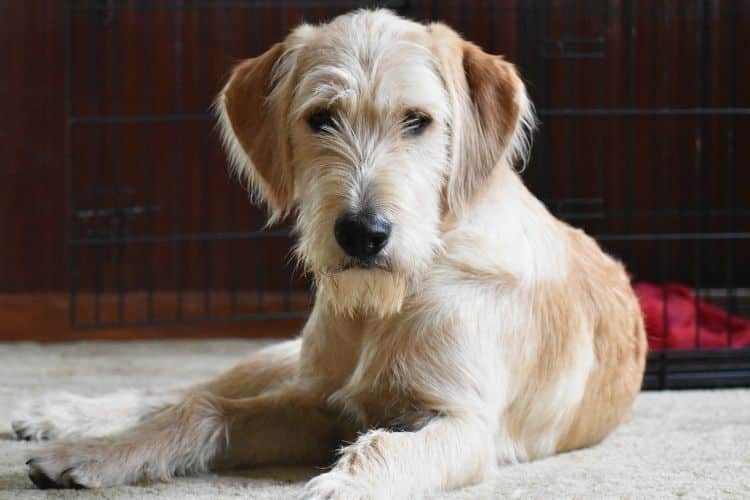
But more often than not, Great Danoodles come with a wavy combination coat. Easier to manage than curly coats, and much more allergy-friendly than straight coats, the wavy coat is usually long and shaggy, requiring moderate amounts of grooming.
Great Danoodle Pictures (Puppy & Adult)
Here are some cute Great Danoodle pics for you to swoon over:
| White and Black Great Danoodle | @luka_great_danoodle |
| White and Brown Great Danoodle | @griffinthegreatt |
Great Danoodle Size: How Big Will A Great Danoodle Get?
Great Danoodles are considered as large to giant-sized dogs. Their average weight can range from 80 and up to 120 pounds as an adult! Their typical height is about 25 to 30 inches when measured from the shoulder.
| Standard Great Danoodle | |
| Weight | 80-120 pounds |
| Height | 25-30 inches |
| When Full-Grown? | 18-36 months |
*A dog’s height is measured from the withers, which is the highest part of their shoulder blades.
Although Poodles come in three different sizes – Standard, Miniature, and Toy – the Great Dane-Poodle mix is almost always created with the largest Standard Poodles. Keeping in mind that the purebred Great Dane’s weight can range from 100 to 200 pounds, the only sensible option is to cross them with Standard Poodles that weigh only 38 to 70 pounds as adults.
Of course, in the future we might come across smaller Mini Great Danoodles where the Poodle used in the mix is a Miniature. Although Miniature Poodles weigh just between 10 and 20 pounds on average, their Mini Great Danoodle offspring will also likely be quite large when compared to some other Mini Doodles.
If you’d like to learn more about the Great Danoodle’s size and growth patterns, be sure to check out this guide here.
Variations & Generations
The fun, but somewhat complicated thing with Great Danoodles is that they can be bred in numerous ways. We have the most common first-generation, or F1 Great Danoodle that has a purebred Great Dane and a purebred Poodle as parents. But then there are other varieties that breeders can produce, such as first-generation backcross Great Danoodles, second generation Great Danoodles, and so forth. Let’s take a closer look at all the possible variations of the Great Danoodle:
| 1st Parent | 2nd Parent | % Great Dane* | % Poodle* | |
| F1 Great Danoodle (first-generation) | Great Dane | Poodle | 50% | 50% |
| F1B Great Danoodle (first-generation backcross) | F1 Great Danoodle | Poodle | 25% | 75% |
| F1BB Great Danoodle (first-generation backcross backcross) | F1B Great Danoodle | Poodle | 12.5% | 87.5% |
| F2 Great Danoodle (second-generation) | F1 Great Danoodle | F1 Great Danoodle | 50% | 50% |
| F2B Great Danoodle (second-generation backcross) | F1 Great Danoodle | F1B Great Danoodle | 37.5% | 62.5% |
| F2B Great Danoodle (alternate cross) | F2 Great Danoodle | Poodle | 25% | 75% |
| F3 / Multigen Great Danoodle | F1B Great Danoodle or higher | F1B Great Danoodle or higher | Varies | Varies |
*These are generic calculations only – genetics are rarely mathematically accurate.

Deciphering It All…
Although these genetic percentages above are only rough estimates, a Great Danoodle’s generation does help us gain a better understanding of their potential outcome. As you can imagine, it can be very tricky to achieve consistency and breed for certain traits in first-generation Doods. They’re a rough 50-50 mix of both parental breeds, meaning that each puppy will likely pop out with their unique coat type and appearance.
Backcross and later generations come in especially handy when a breeder would like to achieve more consistency in their litters. This is true for both the pups’ size as well as coat type. Since Great Danes and Standard Poodles are still quite different in terms of their size, producing backcross generations like F1b, F1bb, or F2b can help breeders achieve Doods that are more similar in size to Poodles. This will also help them estimate the outcome more accurately.
Likewise, if a breeder strives to breed low to non-shedding dogs with more Poodle-like curls, it makes sense to produce backcross generations, where the majority of the Great Danoodle’s genetic makeup is inherited from the Poodle’s side of the lineage.
Great Danoodle Personality & Temperament
Despite their large size, Great Danoodles are actually very friendly and loving dogs. Especially with their family members. They’re not called gentle giants for nothing! Great Danoodles are also very intelligent and quite active dogs. On the other hand, their calm and relaxed demeanor makes them perfect companions for households with children and other pets. Or if you simply prefer a large, chill dog to spend your days with! Of course, early socialization is vital for these dogs to prevent behavioral issues later on in life.
Some people might be intimidated by the Great Danoodle’s size as well as their Great Dane heritage. You might wonder – are Great Danoodles aggressive? You’ll be glad to learn that these Doods are as far from aggressive as they can get. However, due to their alertness and very protective nature, they won’t shy away from letting everyone know about looming threats or intruders.
Based on all that, it might seem like Great Danoodles are serious dogs who are only there to protect their humans. But that’s not the case at all! In reality, they’re super playful pups, which means fun for days! And once they’ve had all that fun with you during the day, they’ll gladly snuggle up on the couch with you or even try to wiggle onto your lap.
Great Danoodles are also very loyal and devoted dogs. Like many other Poodle mixes, they can also be prone to separation anxiety. This could cause issues when you’re not able to have someone in the house spend the day with your big boy. Keep that in mind!
Great Danoodle Health: Do Great Danoodles Have Health Problems?
Like other hybrid breeds, Great Danoodles are generally healthy dogs with some health risks to keep an eye out for. Common health problems in Great Danoodles include hip dysplasia, bloat (a.k.a gastric torsion), and certain heart conditions. They can also suffer from eye issues like cataracts or progressive retinal atrophy (PRA), developmental problems in puppyhood, and certain types of cancer.
Although selective breeding with the help of DNA testing helps breeders choose only the healthiest parents for their puppies, it doesn’t always guarantee that a dog won’t struggle with those hereditary conditions in their life. So, taking your dog to regular vet checkups at least once a year is vital to catch any worrying signs early on.
Some less severe health conditions that Great Danoodles may also struggle with include allergies and sensitivities. Due to their floppy ears, ear infections are another common issue with these dogs. Fortunately, allergies and sensitivities can be managed by making simple lifestyle changes. For instance, if your Dood is allergic to chicken, switch their kibble to another formula instead. Or if the dog shampoo you’re using seems to irritate their skin, it’s best to look for hypoallergenic dog shampoos specially formulated for sensitive pups.
Similarly, ear infections usually aren’t a huge concern if you keep up with a good hygiene regimen. Make sure to always dry your Great Danoodle’s ears after bathing them or whenever they’ve gotten wet, such as after swimming. We also recommend using a dog ear cleaner about once a week to get rid of any bad bacteria.
Great Danoodle Lifespan: How Long Do Great Danoodles Live?
Great Danoodles have an average life expectancy of around 8 to 12 years. Unfortunately, larger dogs tend to have shorter lifespans, with smaller dogs often outliving them by years. If your Great Danoodle is on the smaller side, they might be able to live slightly longer than larger Doods.
At the end of the day, you should feed your Great Danoodle a healthy and nutritionally balanced diet in the right quantities, make sure they get plenty of exercise each day, and overall spoil and pamper your pup as much as possible. These easy steps can greatly affect a dog’s quality of life and lifespan.
Exercise & Training Requirements
Both Great Danes and Poodles are energetic breeds, meaning that their Great Danoodle offspring will also need to exercise about 1 to 2 hours each day. Daily walks, jogging and running, hiking and swimming are all great activities for Great Danoodles. Just make sure to avoid very strenuous activities when your dog is still a puppy and let them grow that stamina!
In addition to physical stimulation, Great Danoodles also need lots and lots of mental stimulation each day. These dogs are highly intelligent and they need a healthy outlet to prevent destructive behaviors and boredom. Mental stimulation includes everything from chew toys and puzzle games, playing fetch, daily training sessions, and agility sports.
Speaking of, as Great Danoodles have been blessed with the smarts and wits, they’re usually easy to train. With an eagerness to please and a brain that learns quickly, you should have no issues training your pup. Of course, provided that you’re consistent, patient, and only use positive reinforcement training methods.
The easiest way to get started is to introduce your new pup to a schedule from the moment you bring them home. Start with potty training, crate training, and obedience training right away and it’ll all be that much easier throughout the upcoming months. Another very important step is early socialization. By introducing your Dood to different people of all ages as well as other pets, they’ll learn how to properly interact with others and prevent fear and aggression later in life.
Enroll Your Dood In An Online Puppy School
Raising a puppy into a well-behaved and well-rounded adult takes time and work. And even if you do your best, sometimes behavioral issues creep through. We strongly recommend you get some additional guidance from true professionals in the field. One of the best options for Great Danoodles is the Online Puppy School by Baxter & Bella.
It’s an online subscription where you’ll gain a lifetime access to their countless resources for a very reasonable one-time fee. You can cover it as you please, whichever topic is the highest priority for your pup at the moment. It’s also an excellent bonding experience for you and your Doodle, as you’ll learn how to successfully raise your puppy all by yourself. So, whether you’re struggling with certain behavioral problems or need some guidance with basic training techniques, you’ll have access to all of that and much more!
Great Danoodle Coat Care & Grooming
Great Danoodles aren’t the heaviest of shedders, but they do require plenty of upkeep and grooming to maintain their good looks and good coat health. Since they are prone to matting, you’ve got to make sure that you regularly brush your pup’s coat, have their hair trimmed, and bathe them when necessary.
The most important thing to keep in mind with Great Danoodles is that they need to be brushed daily. This is the most effective way to combat matting and also to minimize shedding. For curly-coated Great Danoodles, daily brushing sessions are crucial. That’s because these pups are also the most tangle-prone. Although wavy and straight-coated Great Danoodles are usually a bit less prone to matting, daily brushing will not just prevent this particular issue, but also reduce their shedding. Here you’ll find our top dog grooming brushes for Great Danoodles.
Around every 6 to 8 weeks a Great Danoodle will also need to have its hair cut. Many of our readers have actually opted for trimming their Doodles’ hair at home by themselves with the help of our How To Groom A Doodle At Home online course. But if you prefer not to play around with scissors and clippers, you can of course take your Dood to a professional grooming salon.
Other Vital Steps In Any Great Danoodle’s Grooming Routine Include:
- Bathing: Depending on your Great Danoodle’s lifestyle and skin and coat health, you’ll have to bathe them every 1 to 8 weeks. Make sure to only use specially formulated dog shampoos and conditioners.
- Nail Trimming: About once a week trim your Dood’s nails with a dog nail clipper or a nail grinder. This prevents overgrown and ingrown nails, and discomfort and pain when walking.
- Ear Cleaning: As we mentioned earlier, Great Danoodles are prone to ear infections. At least once a week use a dog ear cleaner to prevent the overgrowth of bad bacteria.
- Teeth Brushing: Ideally, you should brush your Doodle’s teeth daily. If that’s not sustainable for you personally, try to do it at least once or twice a week to prevent dental problems.
Where Can You Get Great Danoodle Puppies?
Great Danoodles can be quite costly to adopt, especially considering how rare they are. In the US, the average cost of a Great Danoodle puppy can range between $1,500 and $4,000.
If you’re certain that the Great Danoodle is the right pup for you, make sure to do your due diligence to ensure you’re getting a healthy and happy puppy from an ethical breeder. Unfortunately, there are many Doodle scammers and highly unethical puppy mills that are also in the business. Therefore, it’s that more important that you know how to spot those warning signs early on.
To make this process a bit easier for you, we created our Doodle Breeder Directory where we list reputable Great Danoodle breeders in the US. PS! We’ll soon feature ethical breeders from other countries as well!
Great Danoodle 101: FAQ
Great Danoodles make excellent pets! They’re very loving and loyal, intelligent, and extremely gentle dogs despite their big, sometimes even intimidating size. They’re also well-known for being great with children and other pets, as long as they’ve been properly socialized from a young age.
Great Danoodles aren’t yappy or overly vocal dogs. However, as they do have a protective and alert nature, they will let out a loud bark or two when they feel the need to protect you, the family, or your home.
A Great Danoodle is best for someone who’s looking for an extremely devoted and loving big dog. They’re best for active people, since they require quite a bit of exercise and mental stimulation each day. In addition to that, due to their large size, Great Danoodles are best for people who live in larger homes with spacious, fenced backyards. And as they are quite lovey-dovey, they’re best suited for someone who can give their pooch as much time and TLC on a daily basis as possible.
Want to Learn
DIY Doodle Grooming?
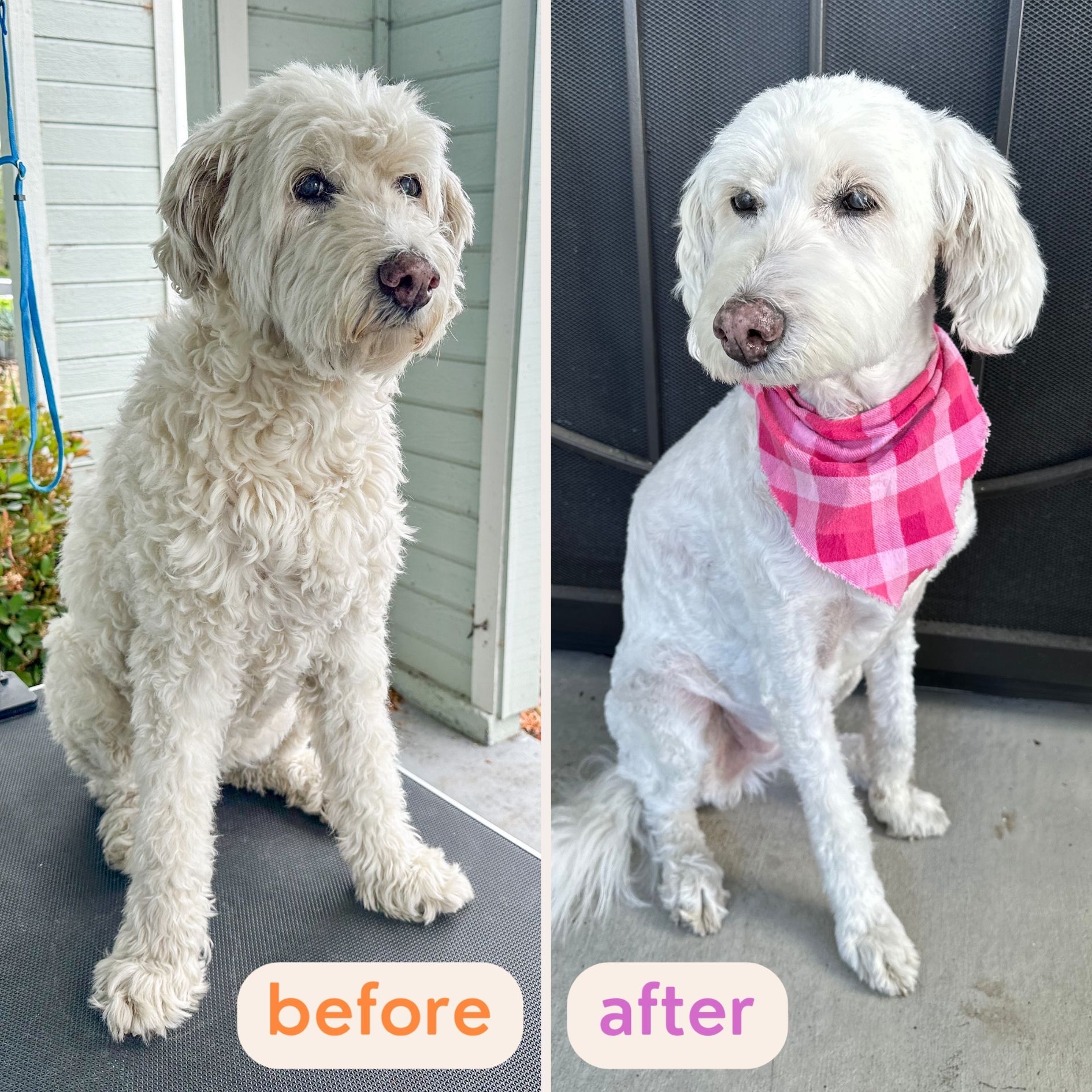
 “Every concern and question I had now has clear, practical solutions.” – Paula D.
“Every concern and question I had now has clear, practical solutions.” – Paula D.
 “These lessons have provided tremendous amounts of information.” – Steve B.
“These lessons have provided tremendous amounts of information.” – Steve B.
 “Buy the course and complain about how easy it is!” – Chris S.
“Buy the course and complain about how easy it is!” – Chris S.
Learn How To Groom Your Doodle At Home…
Safely…And Without Confusion:

